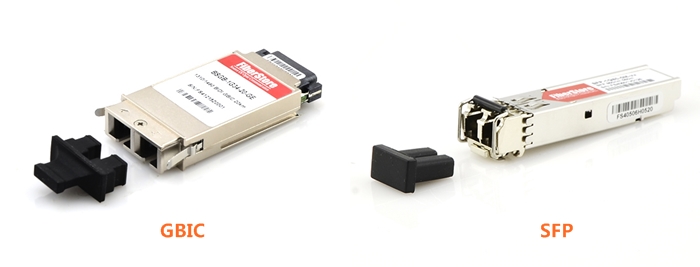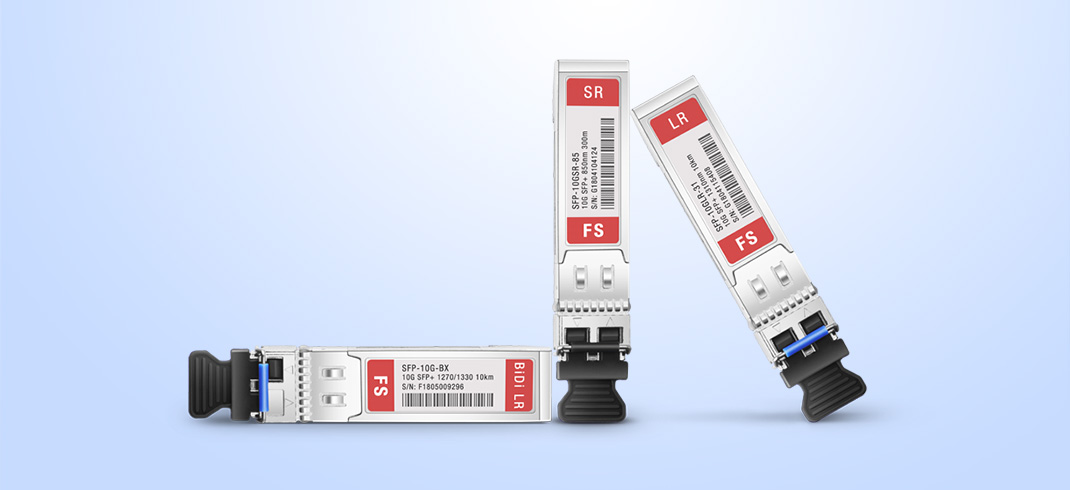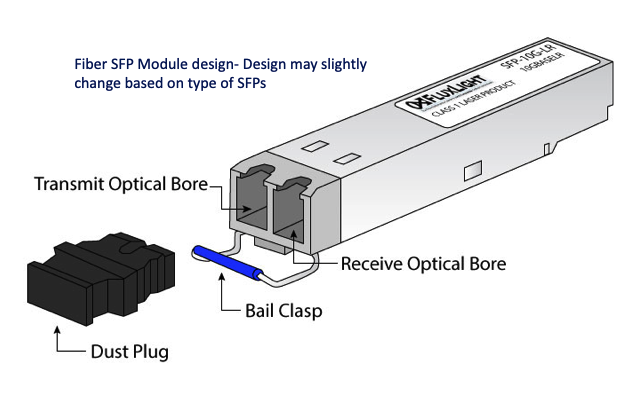Various Methods of Fiber Optic Cable Testing – Article 1
As the ever-increasing popularity of intensive bandwidth applications, the demand for fiber optic installations and infrastructures has accelerated parallelly. Optical fiber cable thus has possessed a rather essential position in the telecom industry. In today’s fast-paced workplace maximizing productivity is essential. Whether installing new fiber links or troubleshooting an existing network, the faster you can





